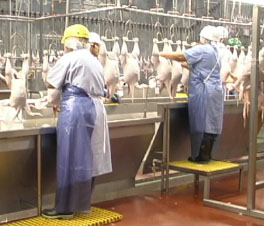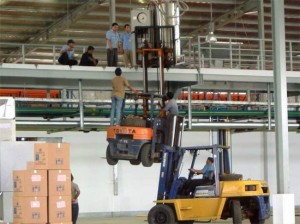 Studies show that a person’s health is one of the strongest predictors of happiness. But the link between health and happiness is complex. Research shows little correlation between a person’s objective health — as defined by medical assessment — and happiness. It’s our subjective health — how we view our health — that affects our well-being. So is happiness all in your head?
Studies show that a person’s health is one of the strongest predictors of happiness. But the link between health and happiness is complex. Research shows little correlation between a person’s objective health — as defined by medical assessment — and happiness. It’s our subjective health — how we view our health — that affects our well-being. So is happiness all in your head?
Not necessarily. For example, adverse changes in health do have a negative impact on happiness levels, at least temporarily. Poor health has the potential to significantly affect almost every aspect of your life: your independence, your self-image, your personal relationships, your ability to work and carry out basic daily activities. So it’s no surprise that when your health takes a hit, your happiness does as well.
But people are resilient. We become accustomed to new life circumstances, good or bad. We adapt. Within a month or two of an adverse health event, most people have gravitated back toward the level of happiness they enjoyed before their health took a turn for the worse.
When the change in health status is severe, however — for example, involving chronic pain or multiple disabilities — the impact on happiness can be long lasting.
And both physical health and emotional health influence happiness. Mood disorders diminish quality of life even more than chronic physical ailments, such as arthritis, heart disease, and diabetes.
via Happiness & Health – Understanding the Connection – Sharecare.









